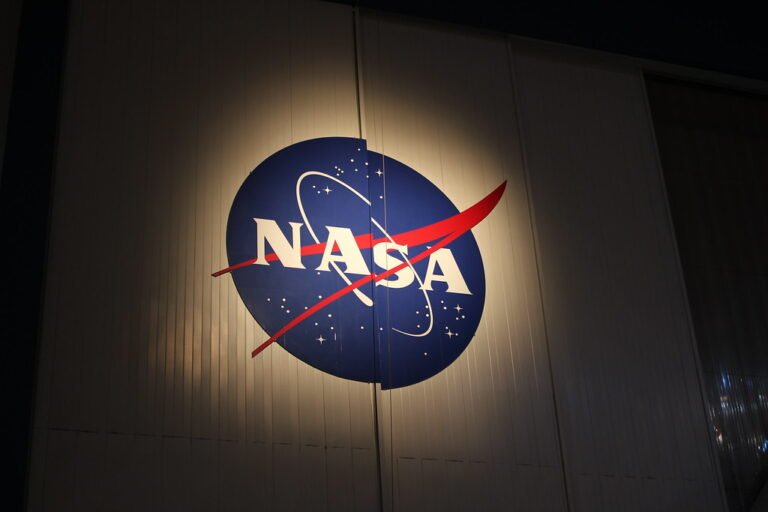

NASA/SwRI
By Wick Naulty, Science Correspondent
June 14, 2025
For the first time, humanity is receiving a comprehensive and detailed view of the explosive forces that surge through our solar system — all thanks to NASA’s PUNCH mission. This week, NASA unveiled the initial images taken by its Polarimeter to Unify the Corona and Heliosphere (PUNCH) mission, showcasing enormous solar eruptions known as coronal mass ejections (CMEs) with unprecedented clarity.
The striking visuals, revealed during the 246th American Astronomical Society meeting in Anchorage, Alaska, display colossal plumes of solar material erupting from the Sun, dispersing through space — and occasionally heading directly towards Earth.
“These first images are astonishing,” said Craig DeForest, PUNCH principal investigator at the Southwest Research Institute. “But the best is still yet to come.”
A New Window into the Sun’s Power
The PUNCH mission, comprised of four small satellites working together as a “virtual instrument,” is designed to study the Sun’s outer atmosphere and the solar wind — the constant stream of charged particles emitted by the Sun. From late May through early June 2025, three of the mission’s Wide Field Imagers captured glowing clouds of CMEs expanding across the inner solar system, some appearing to rush directly at the camera.
What sets these images apart is their all-encompassing viewpoint. In contrast to previous missions, PUNCH’s instruments possess the sensitivity to monitor entire CMEs as they develop in space — providing scientists with the opportunity to examine these events not only at the point of eruption but throughout their entire trajectory.
A still frame captured on June 3 by PUNCH’s Narrow Field Imager showcases a stunning perspective of a CME emerging from behind a dark disk designed to obscure the Sun’s glare. The bulbous cloud surges upward, filled with visible details that give insights into the CME’s dynamics and formation.
More Than Just the Sun
The images also double as a celestial postcard: Venus glows on the far right, Jupiter hovers near center, the constellation Orion appears in the bottom left, and the Pleiades star cluster twinkles nearby. Even the Moon makes a brief cameo, exiting the frame early in the video.
This cosmic backdrop not only adds beauty but helps scientists calibrate and contextualize what they’re seeing in the ever-shifting solar environment.
Eyes on Space Weather
CMEs are not just a visual phenomenon. When these enormous eruptions move towards Earth, they can initiate geomagnetic storms that interfere with GPS, radio signals, and even electrical grids. Additionally, they present significant dangers to satellites, spacecraft, and astronauts.
PUNCH aims to revolutionize space weather forecasting. By capturing the complete 3D evolution of CMEs, this mission will enable scientists to gain deeper insights into how solar material escapes from the Sun, the formation of CMEs, and their interactions with the solar wind.
The mission’s primary objective is to provide more precise predictions regarding when — and how — solar events will affect Earth and space-based systems.
What’s Next
PUNCH is still in its early stages. Once the spacecraft settle into their final formation, they’ll provide continuous, global 3D imaging of the Sun’s outer atmosphere and the inner solar system over a two-year mission.
With its first images already offering breathtaking clarity, scientists are hopeful that PUNCH will unlock long-standing mysteries about the Sun’s behavior — and improve our ability to predict and prepare for solar storms.
The mission is led by the Southwest Research Institute in San Antonio, with spacecraft operations based in Boulder, Colorado. It is managed by NASA’s Explorers Program Office at Goddard Space Flight Center in Greenbelt, Maryland.
For more information and to view the PUNCH solar eruption video, visit nasa.gov.


